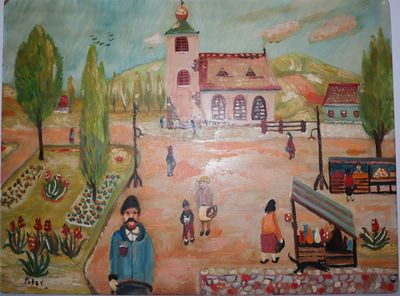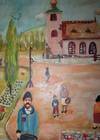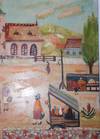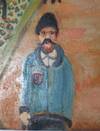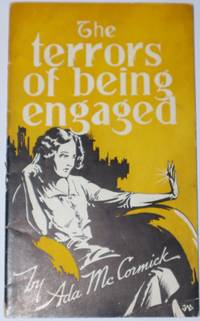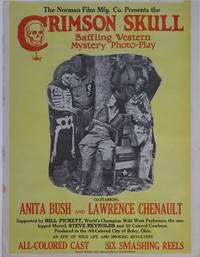1950 · Balkans (Greece, Serbia, Croatia,...?)
by Peter
Balkans (Greece, Serbia, Croatia,...?), 1950. Fine. A charming naive painting of a small town square in the Balkans, signed by Peter with no surname (or perhaps no Christian name, as Peter could be the surname). The square has a small Church whose steeple, topped by an egg-shaped dome, not quite a full-out onion dome, together with the cypress trees, places this somewhere in the Balkans -- Greece, Serbia, Croatia, etc. The bushy downward pointing mustache of the man in the foreground, together with his hat, and the drab dress of all the other people depicted could apply to any of these places. The name of the artist could hail from any of these places, (truncated)
